Fun
2:28...
Glen Campbell in his prime:
Unrelated, based on my trips to Safeway and Costco over the past two weeks, I’ve suddenly realized that there’s going to be a metric fuckton of leftover Easter candy on clearance sale soon. Pity my freezer’s full of actual food, since I consider the easter-egg form of Reese’s Cups to be the perfect balance of shell and filling, not that my doctor would approve of a freezer full of candy…
Update
There’s also a nationwide glut of chicken wings, due to the lack of sporting events and sports bars. Many of the producers aren’t set up to handle retail packaging, so they can’t easily divert them to groceries, and it likely wouldn’t help because people are apparently mostly buying main-course chicken parts rather than wings.
So, expect some serious bargains on bulk frozen wings soon.
I find most sports-bar wings overcooked and undersauced, so I prefer to make my own when gathering with friends, but since I’m not gathering with anyone right now, I’m not in the market, either. On the bright side, a reduction in the wholesale price might help improve the profit margin enough for places like Wing Stop to stay in business long enough to wait out this mess.
Duuuhpdate…
Where’s all the yeast? On friggin’ eBay at 3x markup, of course! Damn glad I bought a pound of SAF Red and stored it in the freezer last year.
Random pic dump
Today looks like a good day to take a long walk outdoors while maintaining Minimum Safe Distance from the neighbors.
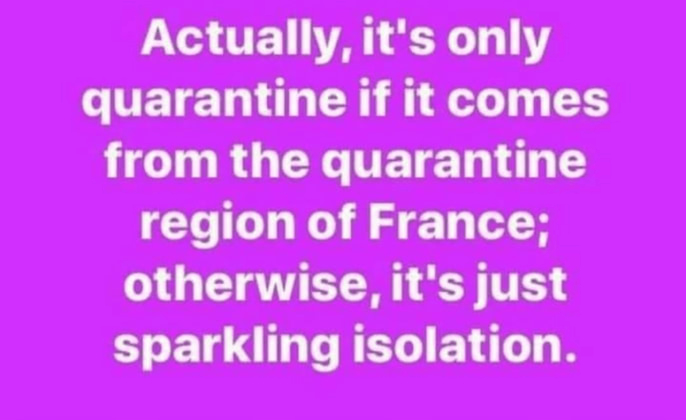
Maybe spend an hour or two sitting out front with the Porch Cat.

Despite increasingly frantic media spin and censorship, polls suggest that people are starting to notice that Trump is the grown-up in the room, and that Biden isn’t having a few senior moments, he’s having a few non-senior moments. The one thing we can be sure of is that if the Democrats take the White House, he won’t be the one in charge.

Talked to my landscaper yesterday, pointing out that after the repair he recently did on the sprinkler system leak (aka “front-door fountain”), he didn’t plug the controller back in, so it hasn’t been watering anything for two weeks. Not a huge issue given the current rain, but this is California, and soon the rain will stop for six months.
This also reminded me that I really, really need to cut out all the dead culms in the backyard bamboo. I don’t let his team do it, because of the time The New Guy topped it like a hedge.

China announced that they’re beating Corona-chan like a rented mule, reporting zero new infections, and as a show of confidence, reopened 600 movie theaters.
Then immediately ordered them closed again. And the test kits they sold to other countries turned out to be worthless crap. And then we found out that when they were still claiming it wasn’t a serious problem the first time, they were ordering everyone in Australia working for Chinese companies to buy all the masks and other supplies they could get their hands on and ship them over, fast.
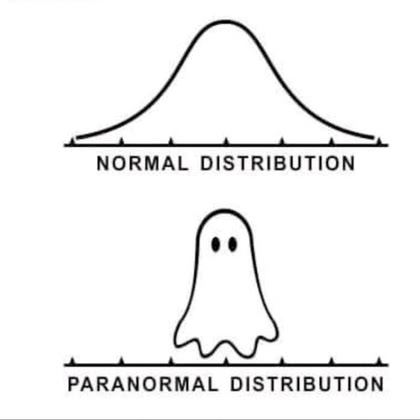
Streaming video providers are reducing quality to save bandwidth, and cloud providers are running short of capacity. Good thing no one relies on this stuff to make a living…
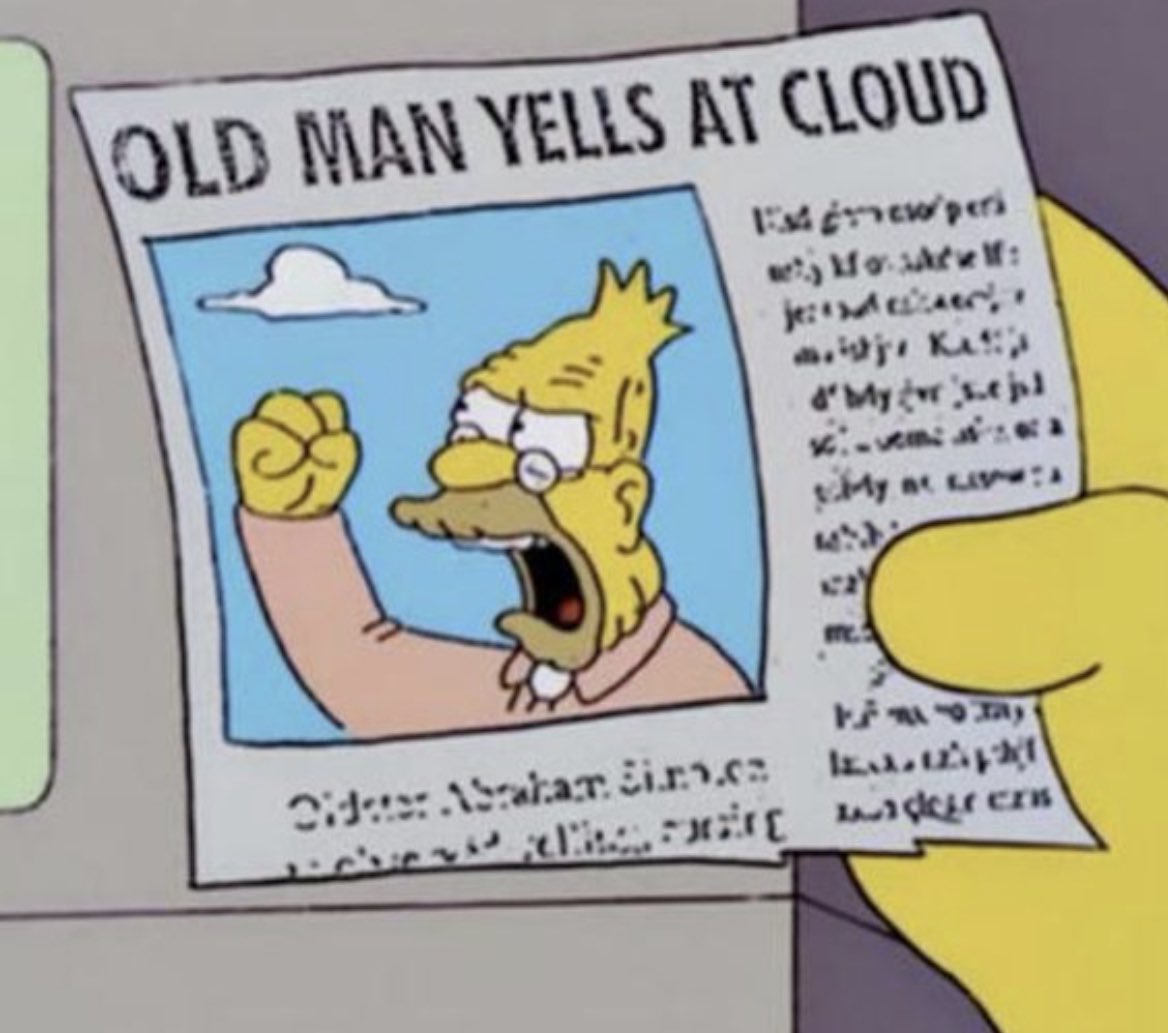
Inhuman interest news, Scoldilocks first announced that she’d caught a bad case of Irrelevancy, then announced that she’d beaten Corona-chan in a three-round cage match. With luck, this means that she can be bled for antibodies, making her useful to society for the first time in her life.

The same people who banned single-use bags, utensils, and straws are now graciously and temporarily allowing them to be used again, due to the clear benefit they provide in reducing transmission of disease. However, manufacturers and distributors of said products are not necessarily considered essential businesses, and may not be allowed to operate during shutdown-all-the-things.

Democrat mayors and governors across the country have given up pretending to pay lip service to the Second Amendment and revoked it by declaration. In response to this, outraged gun owners have behaved like sensible adults and filed lawsuits.

As reliable (non-Chinese) data becomes more solid, it’s beginning to look like killing the patient to save it was perhaps not the optimal strategy.
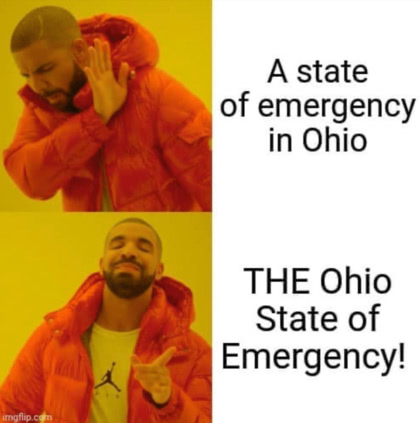
Important reminder: prices are signals, and raising the price of something in response to increased demand is not necessarily the result of naked greed and despicable opportunism. If stores had simply adopted a reverse discount for buying bulk, there would never have been a run on toilet paper (“raise your hand if ewwwww”). While they were a bit late to the game, I do admire Costco’s prominent no-refunds signs for anyone trying to build TP forts and water-jug bunkers.

I eagerly await the end of shelter-in-place, not because I have a great desire to get out there and socialize, but because it’s kinda hard to interview for new jobs when nobody knows whether they need caravan guards or IT staff.

On that note, I take great comfort in the thought that while I will have no difficulty finding a new job, the company that kicked me to the curb in the middle of the Zombie Apocalypse will never find another first-rate problem-solver with over 30 years of experience who’ll fix their servers during vacation from a hotel halfway around the world.

Random pic dump
This blog post brought to you by a crack team of CNN reporters:

And by Spring Cleaning in the age of shelter-in-place:

Evening update!
CA Governor Gavin “shit-stained sanctuary city” Newsom has ordered everyone in California to stay home until further notice. Unless your job is servicing politicians, in which case, break out your kneepads and suck it up.
Civilization is saved!
Eggos are back on the shelves after last night’s restocking!
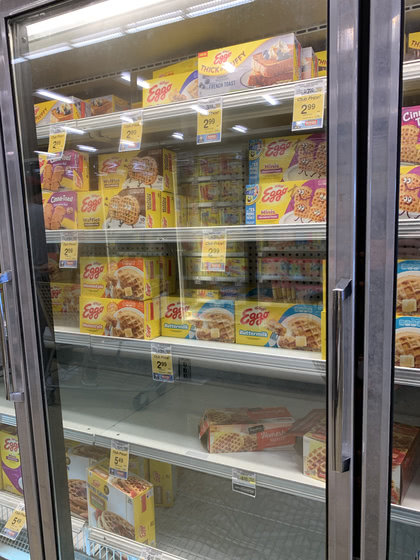
There was actually some bread left in stock this afternoon, but I have a bread machine, and it makes a better product. I really only went out for pizza cheese and pepperoni, having decided to treat myself after the adorable news that all of Silicon Valley is under a shelter-in-place order as of midnight tonight.
This actually has some impact on me, even though I don’t live in any of the affected counties, since I was planning to go to the office tomorrow for unrelated reasons.
"Hey, Google, make my commute faster"
What’s the quickest way to improve the horrible Silicon Valley traffic? Have Google tell all employees to work from home.
Random pic dump
Bored and busy, but wanted something more amusing at the top of the page.
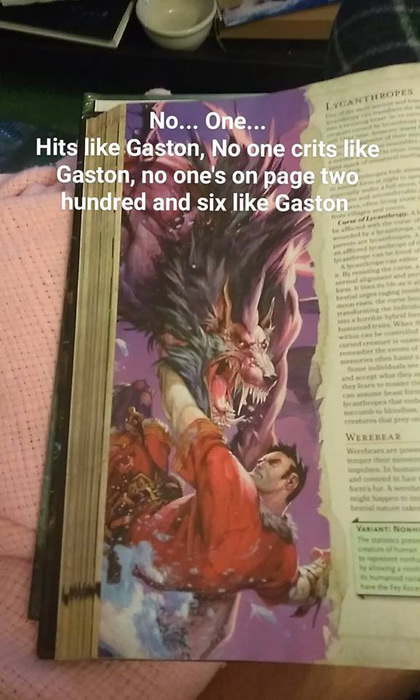
SFW but not SFD.

Unrelated thoughts:
-
It sucks to spend three days explaining a simple and obvious regression in an open source project that was created by an unannounced breaking change, only to have the author not just blow you off, but suggest that you file a bug on a completely different broken feature that he thinks you should be using instead. Seriously, this is a Jobsian “you’re holding your phone wrong” level of fucked up.
-
Corona-chan is harshing Japan’s mellow, leaving me wondering what things will be like when my sister and I get there. There’s also a Rubella-chan tour in the Kanto region.
-
I caught them all. For amusement, I then played all the way through the game in Japanese. Then, annoyed by the flood of inane shiny/trade posts in the subreddit (and all the docs about how to exclude particular flairs on Reddit are wrong), I decided to see just how hard it would be to play through far enough to catch your own goddamn foreign Dittos. So I’ve now caught a 4IV free-range organic Korean Ditto, and I don’t speak a word of the language. Honestly, the hardest part was typing in a name for my character (I picked 수영, because I could figure out how to type it in the IME).


Trump Rally Highlights, Impeachment Edition
It’s real; I checked with Snopes.
Dear Woot,
Hotter than intended:

